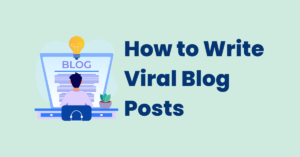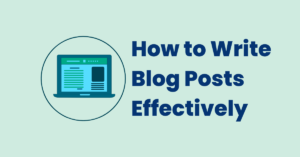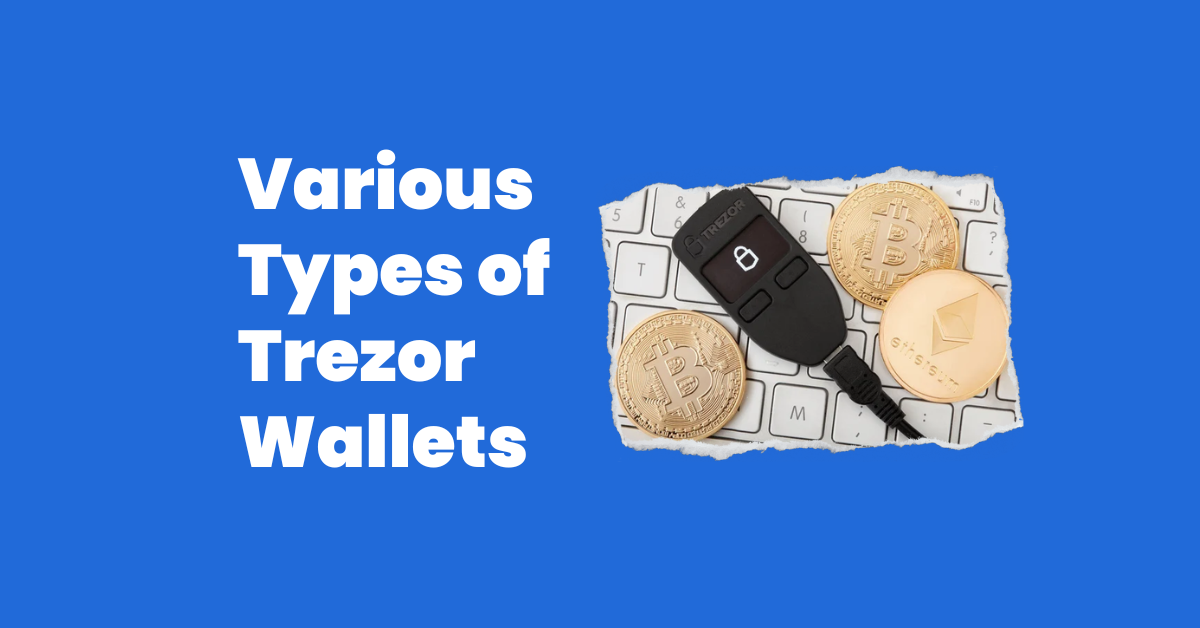Key Elements and Tips for Successful Blog Designs
When it comes to creating a successful blog, design is just as important as the content. A well-designed blog can make all the difference in attracting and retaining readers. In this article, we’ll explore the key elements of blog designs and how to create a design that enhances the user experience and encourages engagement.

In today’s digital age, blogging has become a popular way for individuals and businesses to share their ideas and expertise with a global audience. However, creating a successful blog requires more than just good writing skills.
A well-designed blog can make a significant impact on the user experience, making it more enjoyable and engaging for readers.
Key Elements of Blog Design
The first step in designing a blog is to understand the key elements that contribute to a successful blog designs. These include:
A Clear Layout
A clear and easy-to-navigate layout is essential for keeping readers engaged. The layout should be intuitive and visually appealing, with a clear hierarchy of information that guides readers through the content.
Responsive Design
With the majority of internet users accessing content on mobile devices, it’s crucial to ensure that your blog is optimized for all devices. A responsive design adapts to the screen size of the device being used, providing a seamless user experience.
Branding
Your blog should reflect your brand identity, with a consistent color scheme, typography, and imagery that aligns with your overall brand image.
Visuals
The use of high-quality images, videos, and graphics can make your content more engaging and visually appealing. However, it’s important to ensure that these visuals are optimized for web use, with proper compression and file size.
Readability
The text on your blog should be easy to read, with a clear font and appropriate spacing. It’s also essential to consider the use of headings, subheadings, and bullet points to break up large blocks of text and make it easier to scan.
Creating a Successful Blog Design
Now that we’ve covered the key elements of blog designs, let’s explore how to create a design that is both aesthetically pleasing and functional.
Choose the Right Platform
The first step in designing a successful blog is to choose the right platform. WordPress is one of the most popular blogging platforms, offering a wide range of customization options and easy integration with other tools and services.
Select a Theme
After selecting your platform, the next step is to choose a theme. Your theme will determine the overall look and feel of your blog, so it’s important to choose a theme that aligns with your brand identity and supports your content goals.
Customize Your Theme
Once you’ve selected your theme, it’s time to customize it to reflect your brand identity. This may include customizing colors, fonts, and imagery to create a cohesive and visually appealing design.
Optimize for Mobile
With the majority of internet users accessing content on mobile devices, it’s crucial to ensure that your blog is optimized for all devices.
This may include using a responsive design, optimizing images and videos, and ensuring that your content is easy to read on smaller screens.
Use High-Quality Visuals
Visuals can make your content more engaging and visually appealing, but it’s important to use high-quality images and videos that are optimized for web use. This may include using proper compression and optimizing file size to ensure fast load times.
FAQs on Blog Designs
Why is blog design important?
Blog designs is important because it can impact the user experience and influence whether or not readers will engage with your content.
A well-designed blog can make it easier for readers to navigate, find what they’re looking for, and stay on your site longer.
What are some key elements of blog design?
Some key elements of blog design include a clear layout, responsive design, branding that reflects your identity, high-quality visuals, and readability.
How do I choose the right platform for my blog?
There are many different platforms to choose from, but WordPress is one of the most popular and flexible options. It offers a wide range of customization options and easy integration with other tools and services.
How do I select a theme for my blog?
When selecting a theme, it’s important to consider your brand identity and content goals. Look for a theme that aligns with your brand identity and supports the type of content you’ll be publishing.
How do I customize my blog design?
Customizing your blog design may involve changing the colors, fonts, and imagery to align with your brand identity. You can also add custom elements like a logo or background image.
How can I optimize my blog design for mobile?
To optimize your blog design for mobile, consider using a responsive design that adapts to the screen size of the device being used. You can also optimize images and videos for web use and ensure that your content is easy to read on smaller screens.
How do I make my blog visually appealing?
Using high-quality images, videos, and graphics can make your blog more visually appealing. It’s also important to consider the layout, typography, and use of white space to create a balanced and visually pleasing design.
Conclusion
Creating a successful blog requires more than just good writing skills. A well-designed blog can make all the difference in attracting and retaining readers, and ultimately, achieving your content goals.
By understanding the key elements of blog design, choosing the right platform, selecting a theme, customizing your design, optimizing for mobile, and using high-quality visuals, you can create a blog that is both visually appealing and functional.
Remember, your blog designs should align with your brand identity and support your content goals.
By creating a clear and easy-to-navigate layout, using a responsive design, incorporating your brand identity, using high-quality visuals, and ensuring that your content is easy to read, you can create a blog that is both engaging and enjoyable for your readers.
In conclusion, designing a successful blog requires a thoughtful approach that considers both the visual and functional elements of your design.
By following these key steps and considering the needs of your audience, you can create a blog that stands out from the crowd and helps you achieve your content goals. So, take the time to plan and design your blog with care, and you’ll reap the benefits of a successful online presence.







